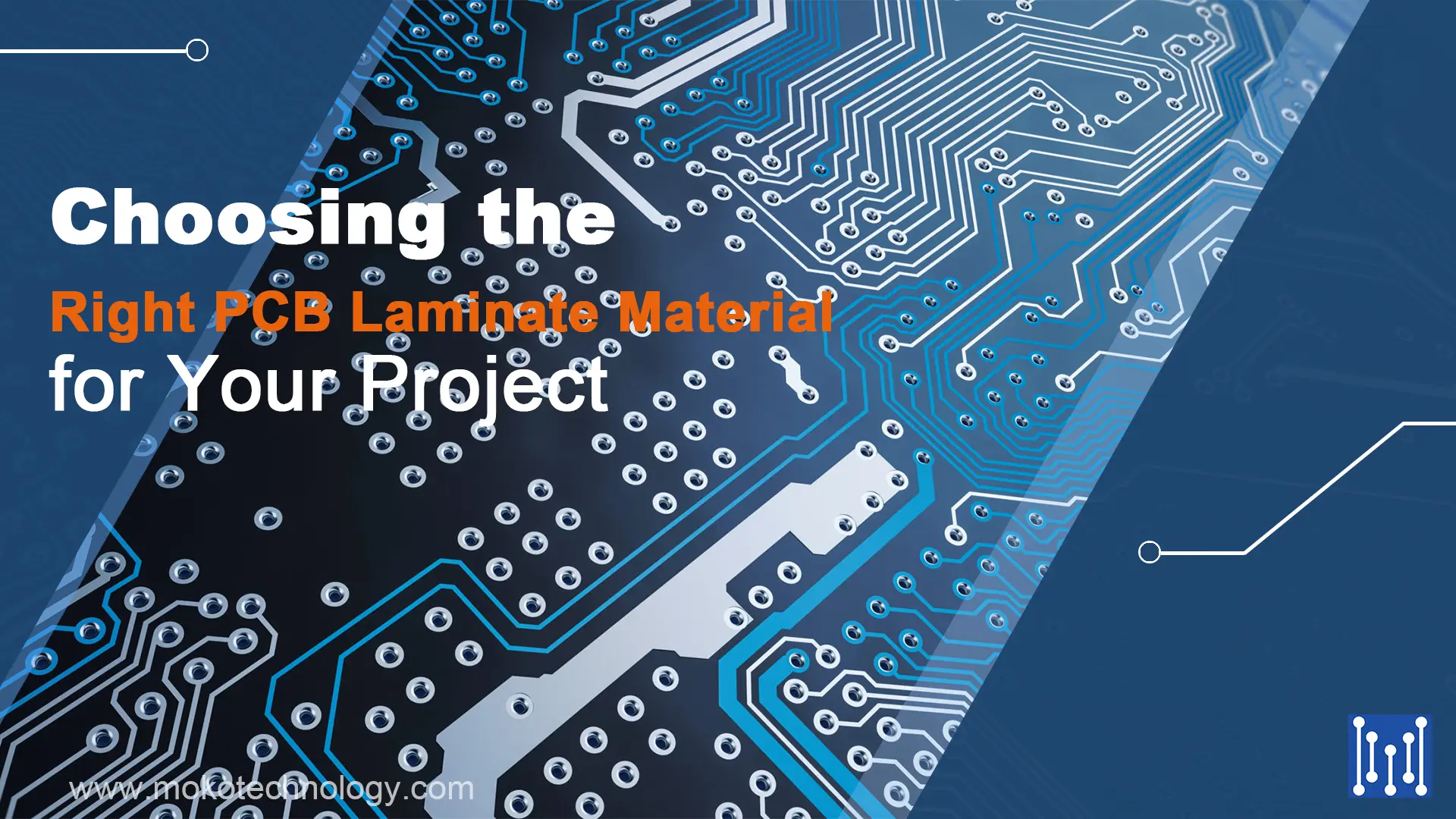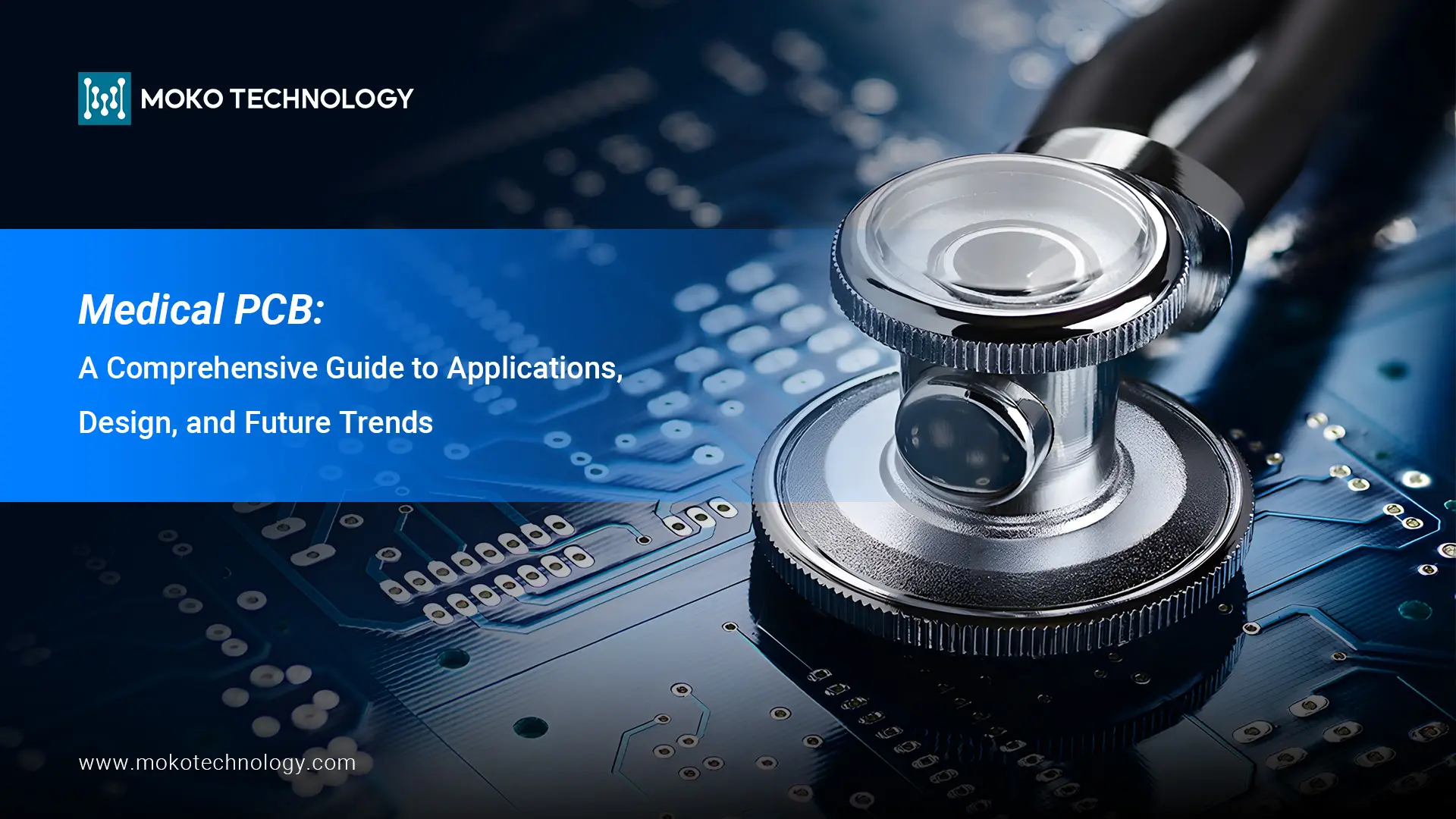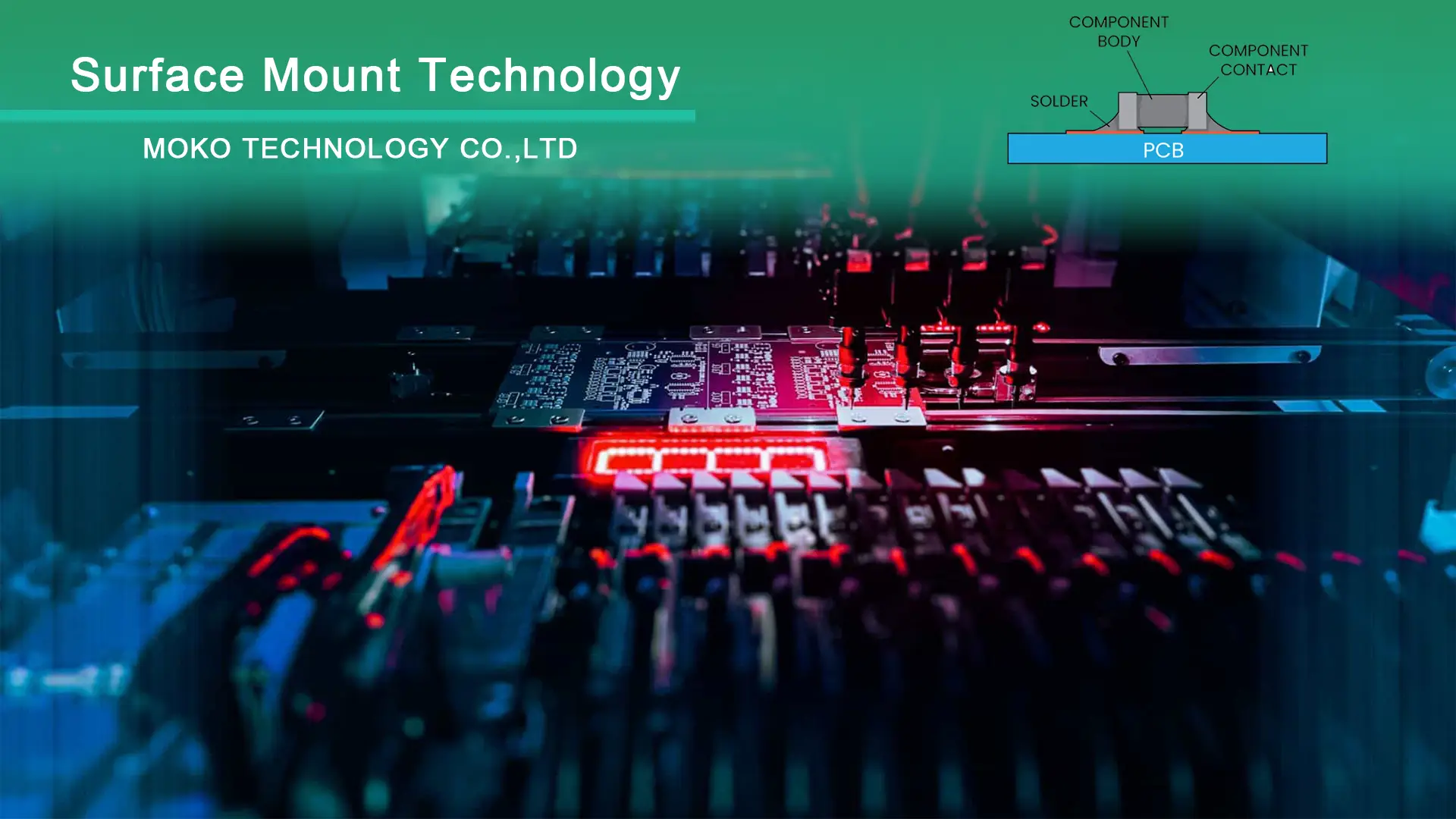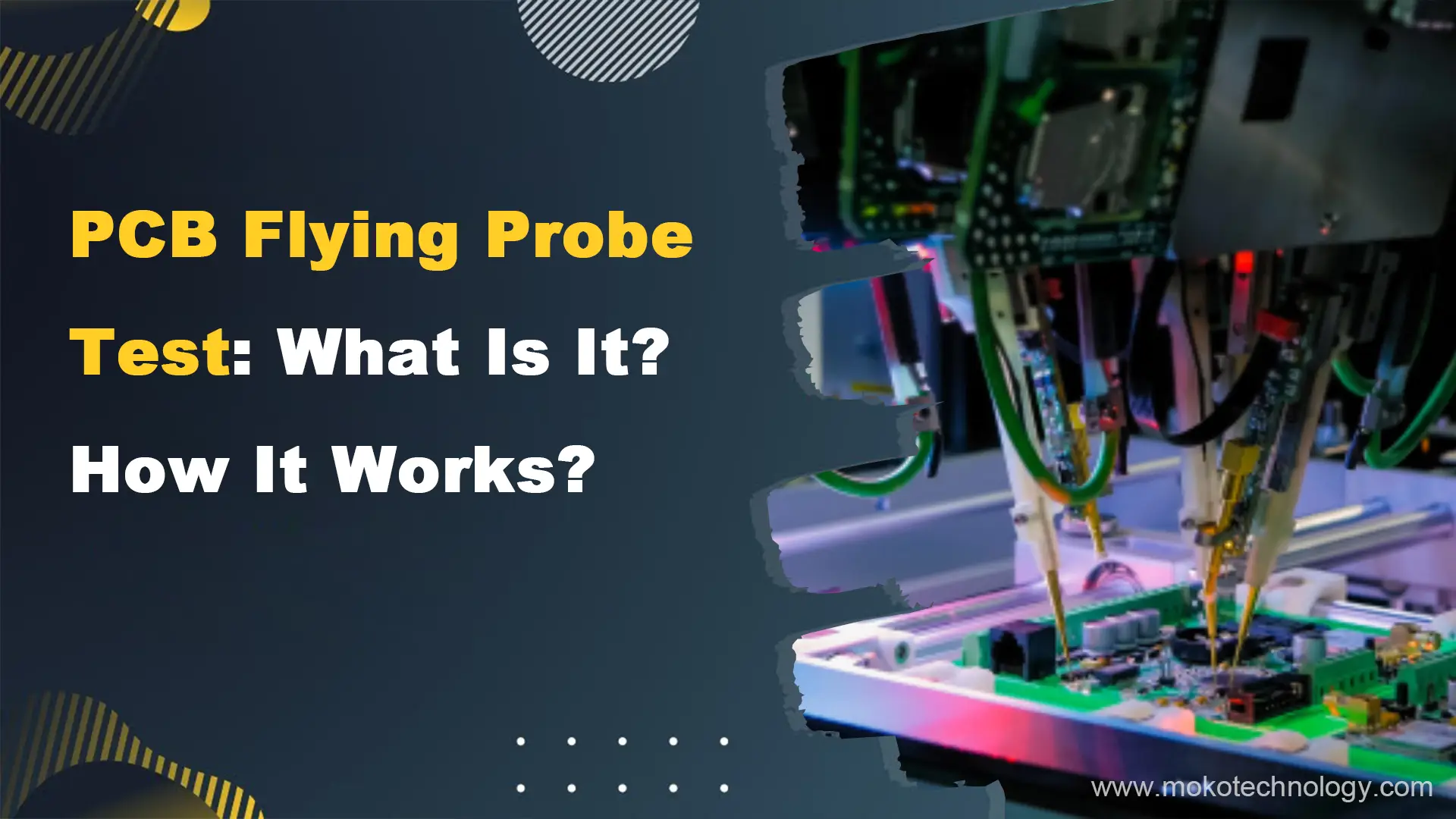Selecting the optimal printed circuit board (PCB) laminate material is a crucial decision in any electronics design project. This material can have a big impact on factors like the PCB’s performance, durability, and cost. With the wide variety of laminate materials available, it can be daunting to determine which option is best suited for your particular application. But no worries, in this blog, we will walk through some of the most common materials used and discuss their properties to help you make an informed decision.
What Is a PCB Laminate?
So what exactly is a PCB laminate? The PCB laminate is basically the non-conductive base layer that the rest of the printed circuit board is built on top of. It forms the core foundation that supports all the conductive copper traces and components that make up the functional board. It’s made up of layers of woven fiberglass that are stuck together, or laminated, using epoxy resin. This creates a rigid, stable material for the PCB’s base.
The next step is to add the conductive copper traces by bonding very thin copper foil onto one or both sides of the laminate material. The fiberglass-epoxy laminate electrically isolates the copper traces from each other, while providing mechanical support and structure to the PCB.
Types of PCB Laminate Materials
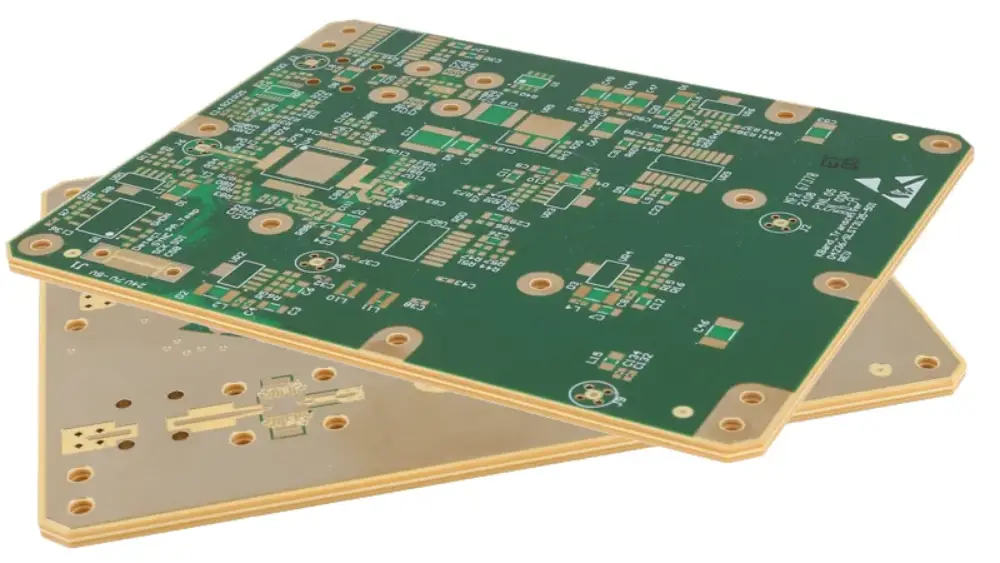
There are many types of laminate materials available for PCB fabrication. The most common include:
- FR-2
FR-2 is a paper-based phenolic laminate. It consists of layers of paper impregnated with phenolic resin and bonded under heat and pressure. FR-2 is one of the most economical options but has relatively poor mechanical and electrical properties compared to other materials. It can absorb moisture and is limited to low-frequency, low-performance applications.
- FR-3
FR-3 is also a paper-based phenolic laminate but uses a different resin that improves moisture resistance. It has somewhat better mechanical stability than FR-2 but is still inexpensive and suitable for low-performance, cost-sensitive applications.
- FR-4
FR-4 glass epoxy is the most common and well-rounded PCB material. It uses woven fiberglass cloth instead of paper, impregnated with an epoxy resin. FR-4 offers good physical strength, temperature resistance, chemical stability and electrical insulating properties. It is suitable for most general purpose PCBs.
- High Tg Epoxy
High Tg refers to epoxies with a high glass transition temperature. They exhibit improved thermal and mechanical performance over standard FR-4. High Tg epoxies are more expensive but required for boards in high-temperature environments.
- BT Epoxy
BT resin is an epoxy variant with very low moisture absorption. It provides excellent dimensional stability and high frequency performance. BT epoxy is one of the best PCB laminates for radio frequency (RF) boards. However, it is also more costly than standard FR-4.
- PTFE (Teflon)
PTFE (polytetrafluoroethylene) based laminates like the Rogers 4000 series use Teflon as the base material. PTFE has extremely low dielectric loss, making it ideal for microwave and other high-frequency applications. However, it is also much more expensive than FR-4.
- Polyimide
Polyimide printed circuit board laminate stands as the epitome of stability in extreme environments. Its exceptional thermal resilience, chemical resistance, and high-density flexibility make it the preferred choice for advanced applications in industries like aerospace, automotive, and consumer electronics. Ideal for multilayer PCBs and rigid-flex circuit boards.
- CCL
CCL, or Copper Clad Laminate, is crafted by saturating resin with electronic-grade glass fiber or similar reinforcing materials, coupled with a copper layer on either side or both. Designers frequently choose CCL for high-voltage circuit applications owing to its outstanding electrical, physical, and chemical properties.
- CEM-1, CEM-3
CEM laminates use cellulose paper bonded with epoxy resin. They are low-cost alternatives to FR-4 when high performance is not required. CEM-3 provides better moisture resistance than CEM-1.
Manufacturing Methods for Different PCB Laminates
There are a few main manufacturing processes used to fabricate printed circuit boards from various laminate materials. The most suitable method depends on the type of laminate, board complexity, and production volume.
- Drill and Route
The drill and route method is the most common and flexible process used for lower volume PCB production. With this method, holes are drilled through the copper layers at precise locations using a mechanical or laser drill. A routing machine then cuts out the board outline from the panel. This process works well for all standard PCB laminate materials like FR-4, CCL, and common flex laminates. The initial tooling cost is low to moderate, making it economical for prototype and low volume boards.
- Punch and Crunch
The punch and crunch method is suited for high volume production. It utilizes steel punch dies to punch out holes and cutouts, rather than drilling. The punched holes and outlines get “crunched” out from the panel. This results in faster throughput and lower cost per board compared to drilling and routing. However, the initial tooling cost is high due to the required custom punch dies. The process works well for standard rigid laminates like FR-4 but is not suitable for flexible materials.
- Considerations for Advanced Laminates
Advanced PCB laminate materials like PTFE, ceramic-filled PTFE, and high Tg epoxy require adjustments to the manufacturing process. The material properties necessitate changes to the drilling, punching, routing, and lamination parameters. For example, PTFE is very difficult to drill and requires specialized drill bits. The high temperatures and pressures seen during lamination of exotic materials may require special process development.
How to Choose the Right PCB Laminate?
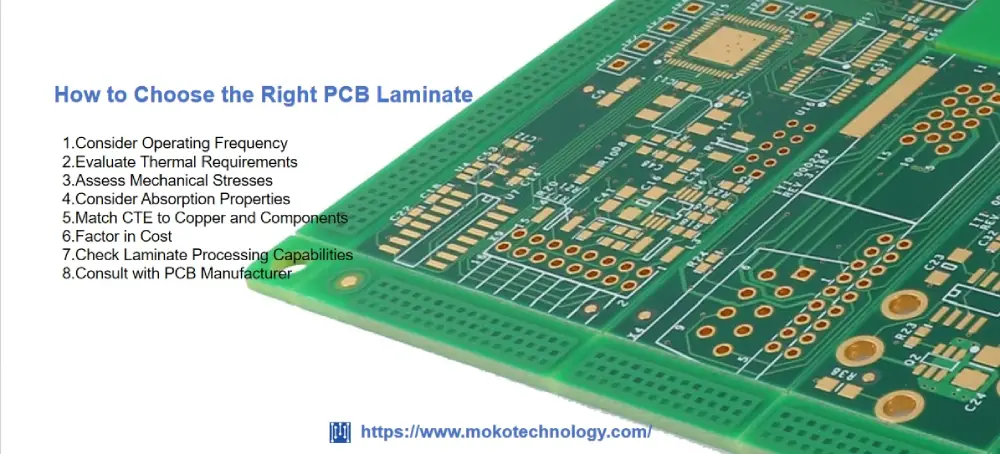
- Consider Operating Frequency
Selecting the appropriate printed circuit board laminate begins with evaluating your circuit’s operating frequency. For lower frequencies up to a few gigahertz, standard FR-4 laminates are sufficient. However, for RF and microwave applications where minimizing signal attenuation is critical, low-loss laminates like PTFE are essential. Careful consideration of the operating frequency ensures that your circuit maintains optimal signal integrity and performance.
- Evaluate Thermal Requirements
Understanding the thermal demands of your application is paramount. High-power circuit boards necessitate laminates with excellent heat conduction properties to dissipate heat effectively. It’s crucial to choose a laminate with a glass transition temperature (Tg) that exceeds the maximum operating temperature to prevent material degradation under thermal stress. Proper thermal management guarantees the long-term reliability of your electronic components.
- Assess Mechanical Stresses
Different applications impose varying mechanical stresses on PCBs. Flexible boards require laminates that are both robust and thin, allowing for necessary flexibility without compromising structural integrity. In contrast, rigid boards demand high-strength laminates to withstand mechanical stressors, ensuring the circuit maintains its form and function even under pressure. Tailoring the laminate to the specific mechanical requirements ensures the durability of the final product.
- Consider Absorption Properties
Moisture absorption properties are crucial, especially in high-reliability and moisture-prone environments. Laminates with low moisture absorption rates, such as BT epoxy and PTFE, are vital to prevent swelling or delamination. These properties enhance the stability and reliability of the PCB, particularly in humid or wet conditions, ensuring consistent performance over the long term.
- Match CTE to Copper and Components
Aligning the coefficient of thermal expansion (CTE) of the laminate with that of copper and other components is essential for reliability during temperature cycling. Mismatched CTE can lead to delamination or solder joint failures. Ensuring compatibility among materials minimizes stress during thermal variations, preserving the integrity of the PCB and preventing potential points of failure.
- Factor in Cost
Balancing performance requirements with budget constraints is pivotal. Inexpensive options like paper phenolics are suitable for applications where cost is a primary concern, offering basic performance. FR-4 laminates, widely used in many applications, strike a balance between cost and performance, making them a popular choice for a broad range of electronic devices.
- Check Laminate Processing Capabilities
Consider the laminate’s processing capabilities, including bond strength for lamination, drillability for creating holes, and routability for precision during shaping processes. Ensuring that the chosen material aligns with the manufacturing processes guarantees seamless fabrication and assembly, reducing the likelihood of defects and ensuring the efficient production of high-quality PCBs.
- Consult with PCB Manufacturer
Lastly, collaboration with your PCB manufacturer is invaluable. MOKO Technology, with rich expertise and experience in the PCB industry, can provide tailored recommendations based on your specific requirements. We help customers choose the suitable laminate material, ensuring that your circuit boards meet desired specifications and perform reliably under the intended operating conditions.
Final Thoughts
The PCB laminate forms the foundation of the entire board, so material selection has cascading impacts on performance, reliability, and cost. FR-4 glass epoxy offers the best all-around properties for general applications. Paper-based laminates provide low cost options when performance is less critical. For demanding RF, thermal, or mechanical requirements, specialized laminates are available but at higher prices. Collaboration between designers and fabrication partners is key to navigating the many laminate choices available and selecting the ideal material for each application. With the right PCB laminate, you can build a printed circuit board that meets your specific needs in terms of electrical, thermal, and mechanical properties while optimizing cost.
